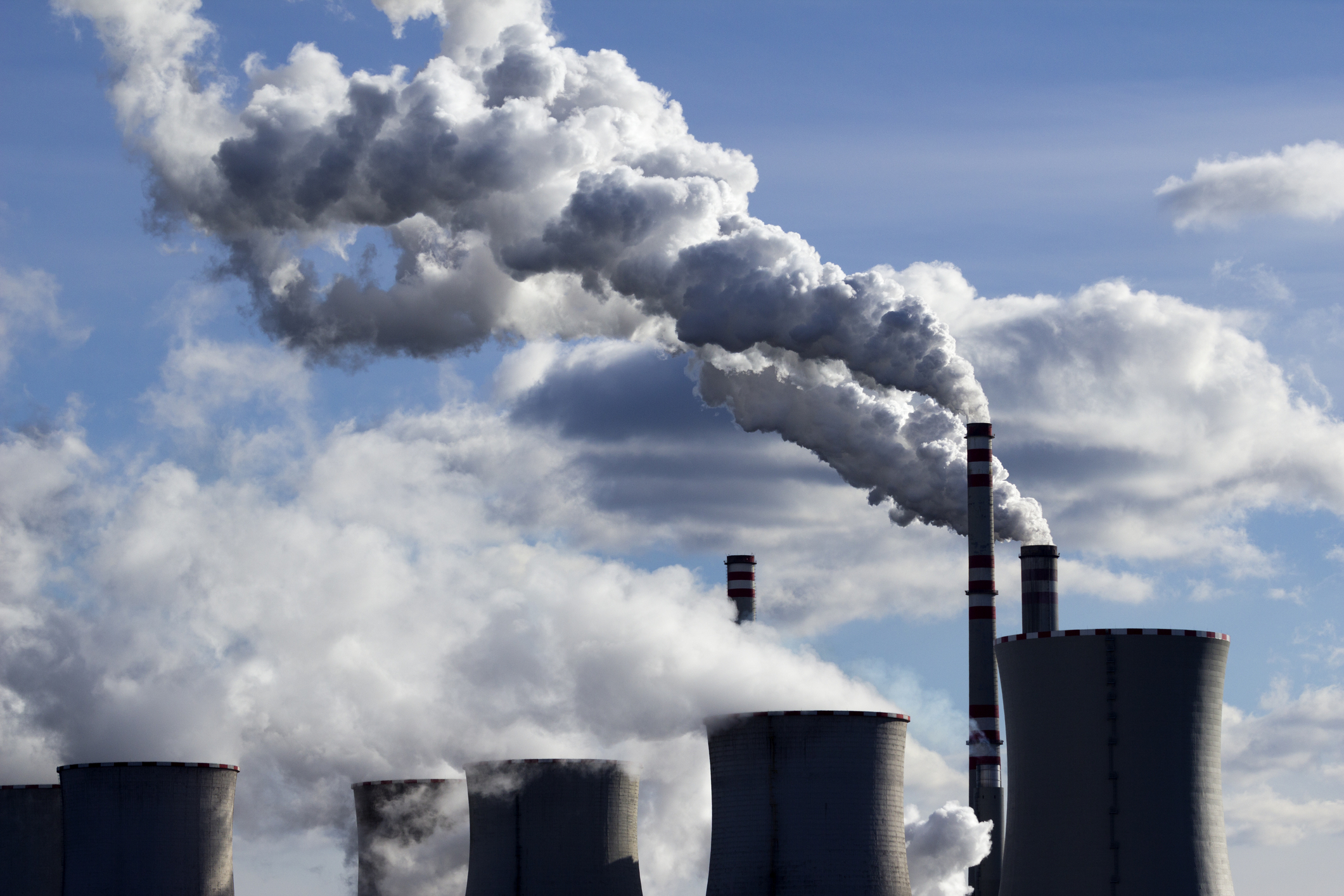New pollution standards imposed by the US Environmental Protection Agency will result in “unprecedented reductions” in greenhouse gas emissions from power generation, the World Resources Institute says.
The rules, which target existing coal-fired power plants and any new gas-fired units, will yield $370 billion in net climate and public health benefits by 2047, the EPA projects.
If they want to keep operating, coal plants will be compelled to capture nearly all of their carbon dioxide emissions by 2032 — a costly endeavour that will make them less competitive. New gas plants that operate more than 40% of the time will need to do the same.
“The days of unlimited carbon pollution are over,” Lori Bird, a director at the World Resources Institute, said in a statement.
The rule “is a massive step forward” in the fight against climate change and “provides the certainty needed for the power industry and regulators to evaluate new generation sources.”
However, the World Wildlife Fund said “it’s deeply concerning” that the EPA has not yet imposed standards on existing gas facilities.
“This omission leaves significant uncertainty about how emissions from existing gas plants will be addressed, undermining our efforts to fully address the climate crisis. A piecemeal approach isn’t going to get us there.”
Meanwhile, the US Chamber of Commerce said the rule could “restrict electricity supply” just as demand for power starts to grow once again amid a boom in the data centre and manufacturing industries and the electrification of the economy.
Regardless of demand growth, the US government aims to get to 80% renewable-based electricity by 2030, and a 100% carbon-free power system by 2035.
In 2024, gas will hold a 42% share of the electricity mix, followed by renewables at 24%, nuclear at 19%, and coal at 15%, the energy department says.
Even in the absence of stricter pollution standards, the world’s largest economy is in the early days of a gas-to-battery storage shift.








